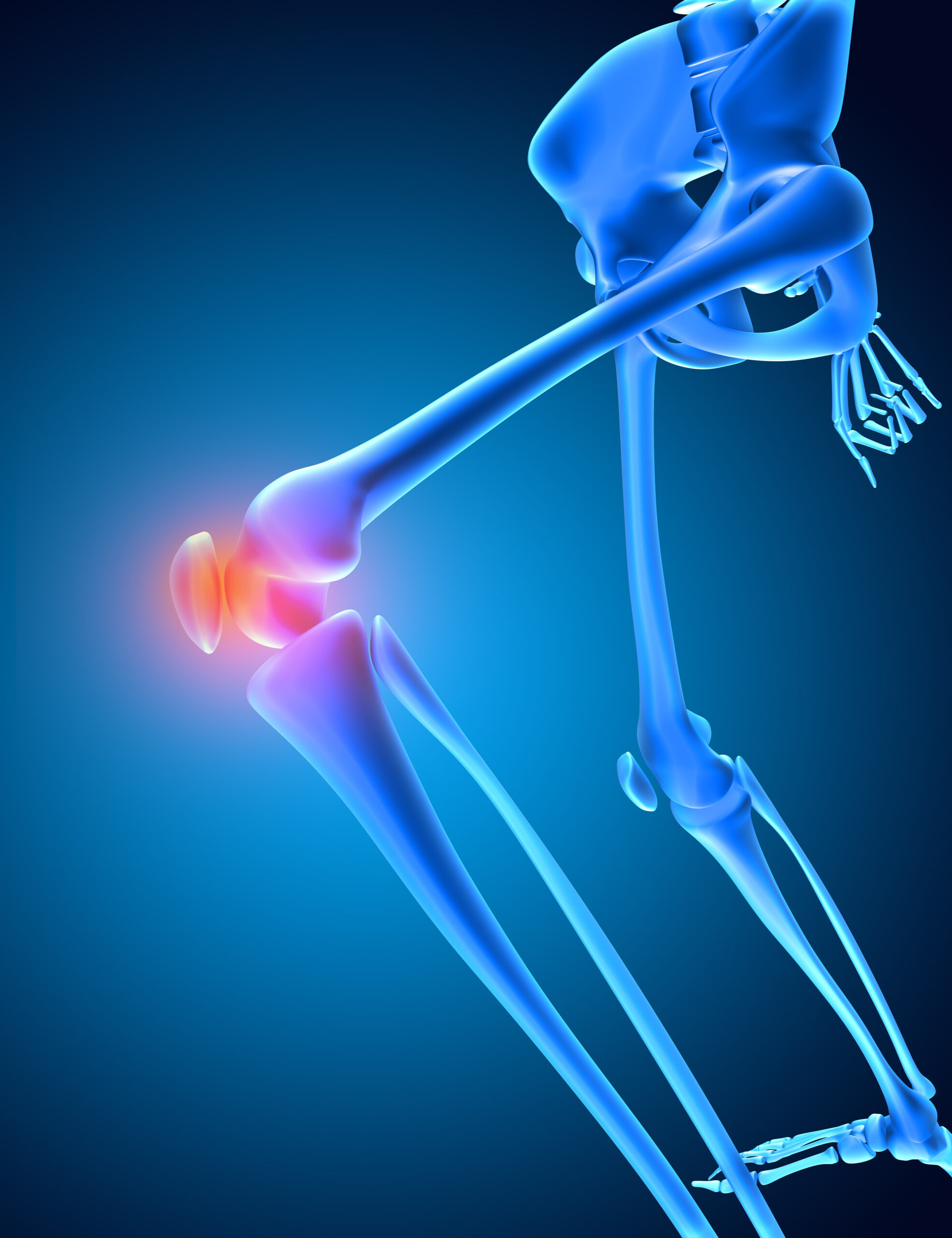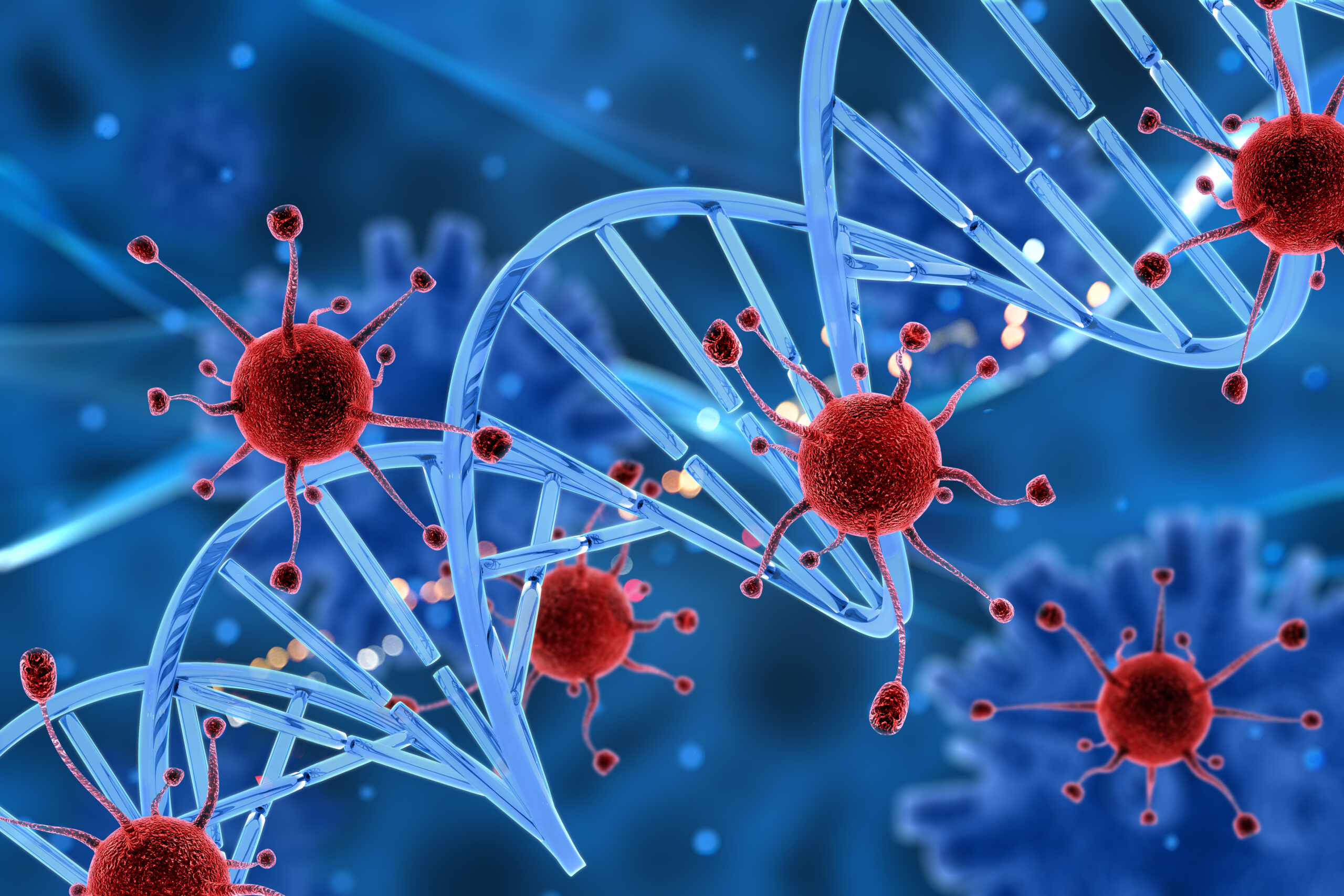The Gift of Life – A Second Chance Through Organ Transplantation
The organ donation and transplantation system strive to honor the gift of donated organs by fully using those organs to save or improve the quality of the lives of transplant recipients. As a result of advances achieved through basic and clinical research over the past several decades, organs transplantation has become the optimal treatment for many end-stage organ-specific diseases.
“One life end, but through Organ Donation, a legacy begins- turning loss into hope, and endings into new beginning.”
We imagine a world where no one has to lose their life waiting around for an organ, but the truth is that millions do, and only a fortunate few get a second chance. Over 1.5 million people globally require transplants a year, however, fewer than 10% get a donor. It’s a race against the clock.
The World’s first successful organ transplant was kidney transplantation which was undertaken by David Hume and Joseph Kelly at the Peter Brigham Hospital in Boston in 1954.
The first kidney Transplant in India was performed on 1st December, 1971 at the Christian Medical College, Vellore (Tamil Nadu).
- Every Donor can save 8 lives and enhance over 75 more.
- 17 people Die each day waiting for an organ Transplant.
- Every 8 minutes another person is added to the Transplant waiting list.
Types of organ donation
- Living Donation: A healthy person donates an organ or part of an organ, such as kidney, part of liver or part of pancreas
- Deceased Donation: Organ donation after death involves retrieving organs from individuals who have been declared brain dead. This type of donation is essential for more complex organs like the heart, lungs, and liver.
Organs and Tissues That Can Be Donated
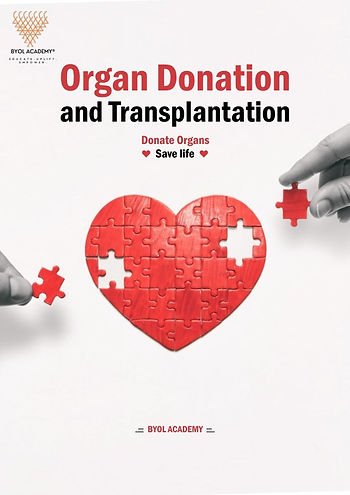
Organs
- Kidneys: Often donated by living donors, but deceased donors are also a vital source.
- Liver: Both parts of the liver can be donated by living donors; however, most liver transplants come from deceased donors.
- Heart: Typically, heart transplants come from deceased donors.
- Lungs: Can be donated by living donors in some cases (e.g., a single lung), but mostly come from deceased donors.
- Pancreas: Used in the treatment of diabetes, pancreas transplants are rare but can be life-saving.
- Intestines: Often needed for patients with intestinal failure, though very few transplants are performed.
Tissues
- Corneas: Can be donated by anyone, even if their organs are not suitable for transplantation.
- Skin, bone, heart valves, and cartilage: These tissues can be harvested from both living and deceased donors and are vital for burn victims, patients with heart valve problems, and those in need of bone grafts.
Patient on waiting list by organ As of September 2024
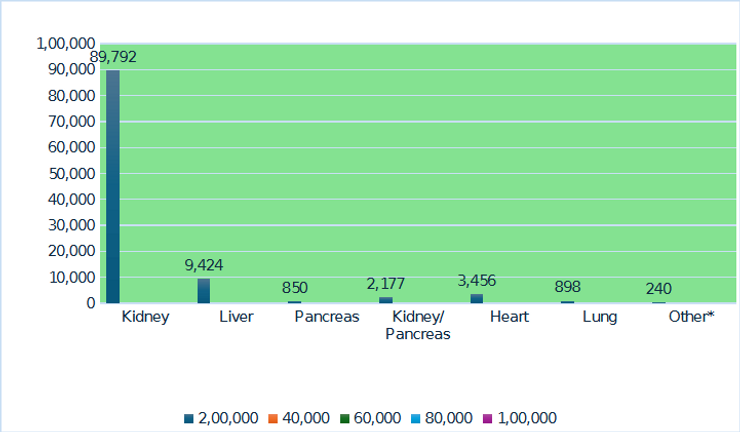
History of Transplantation
The Beginning
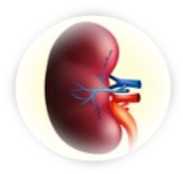
1956 First successful kidney transplant performed.

1966 First simultaneously kidney/ pancreas transplant performed.

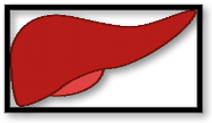
1967 First successful liver transplant performed.
ORGAN MATCHING SYSTEM
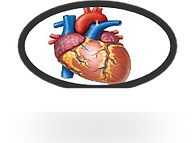
1968

First successful isolated pancreas transplant performed.
First successful heart transplant performed.
- Until the early 1980, potential of organ rejection limited the no. of transplant performed. advances in prevention and treatment of rejection led more successful transplant and increase in demand.
24/7 Assistance to Place Organs
1981 First successful heart- lung transplant performed.


1983 First successful single -lung transplant performed.
Cyclosporine, the first of a no. of drugs that effectively treat organ rejection by suppressing the human immune system, introduced.
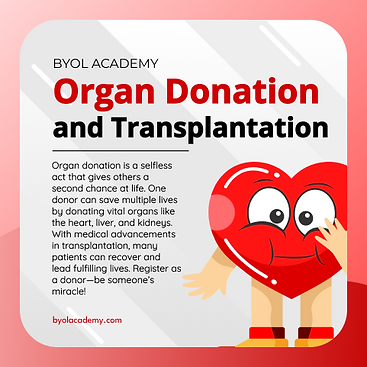
NOTO AND UNOS
The national organ transplant Act of 1984 ( NOTO) established the framework for national organ recovery and allocation system in the private sector. Their goal to help ensure the organ allocation process is carried out in fair and efficient way, leading to equitable distribution of donated organs based on medical criteria.
In 1984, United Network for Organ Sharing (UNOS) separates from SEOPF and is incorporated as a non – profit member organisation. In 1986, UNOS receives the initial federal contract to operate the Organ Procurement and Transplantation Network (OPTN) and Scientific Registry of Transplant Recipients.
1984 National organ transplant Act (NOTO) passed.
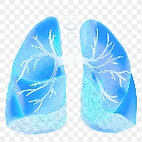

1986 First successful double- Lung transplant performed.
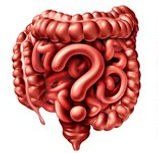
1987 First successful intestinal transplant performed.
UNOS begins collecting medical data on Donar and

Transplant recipient.
1988 First split-liver transplant performed.

1989 First successful living donor liver transplant performed.

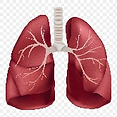
1990 First successful living donor lung transplant performed.
BREAKING RECORDS
- In 2001 total living organ donors for the year (6,528) exceeds the number of deceased organ donors (6,081).
- In 2017, the number of deceased donors top 10,000 in U.S.
- 2020 sets all- time high for most lives saved by deceased organ donors.
- On September 9, 2022, the U.S. reaches historic milestone of 1 million transplants.
Global trends in organ donation and transplantation
- According to the December 2024 International Report on Organ Donation and Transplantation, there was 9.5% increase in solid organ transplant globally compared to 2022, totaling 172,397 transplants.
- Spain continues to lead globally, achieving record 6, 464 transplant in 2024, 10% increase from previous year. The country’s donor rate reached 52.6 per million population(pmp), significantly higher than other nations.
| Country | Kidney Transplant | Liver Transplant | Heart Transplant | Deceased donor rate (PMP) |
| USA | 25,000 | 9,500 | 3,500 | 38 |
| CHINA | 20,000 | 6,000 | 500 | 4 |
| INDIA | 13,426 | 3,500 | 350 | <1 |
| SPAIN | 4,500 | 1,200 | 320 | 48 |
| GERMANY | 3,800 | 3,500 | 350 | 12 |
- India has made notable progress in organ transplantation over the past decade, with a significant increase in the number of procedures performed annually. Below is a detailed year-wise breakdown of kidney, liver, and heart, lung, pancreas, small bowel transplants:
DATA FOR ORGAN DONATION AND TRANSPLANTATION in India (2013- 2023)
- India has made significant striders in Organ Donation and Transplantation over the past decade. Below is comprehensive overview of data from 2013 to 2023, highlighting the progress and current status of various organ transplant in the country.
- In 2023, total of 18,378 transplant were carried out in India, which ranks third in the world in organ Transplant and second is corneal transplant, the report by NOTTO said.
TOTAL TRANSPLANT
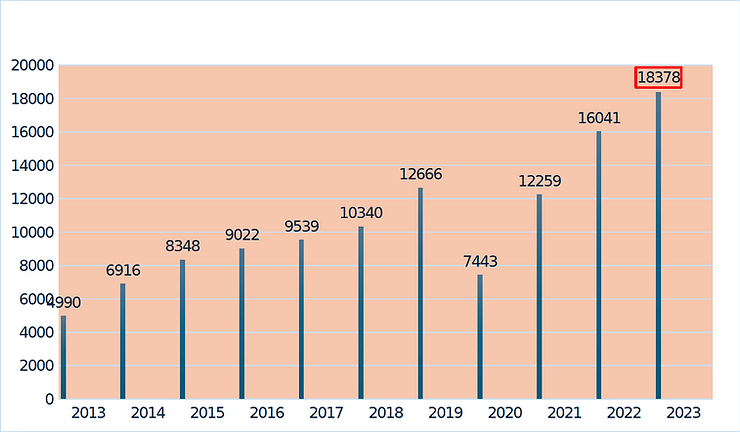
TOTAL LIVING TRANSPLANT
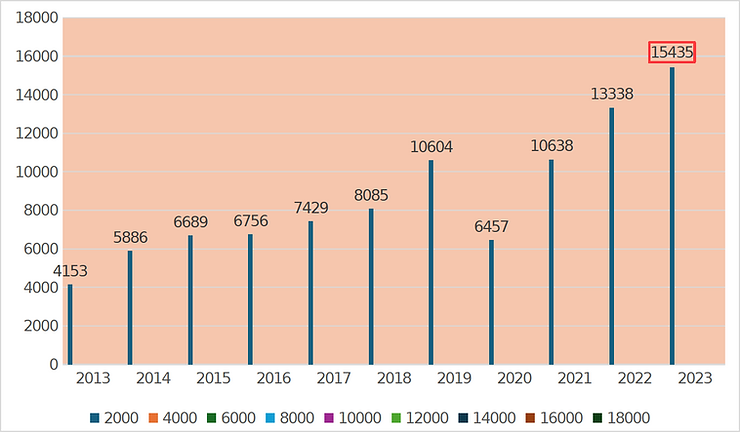
Total number of transplant both deceased and living donors, in the country was recorded at 4,990 in 2013.
Number of deceased donors transplants has increased from 837 in 2013 to 2, 935 in 2023.
DECEASED DONAR KIDNEY TRANSPLANT
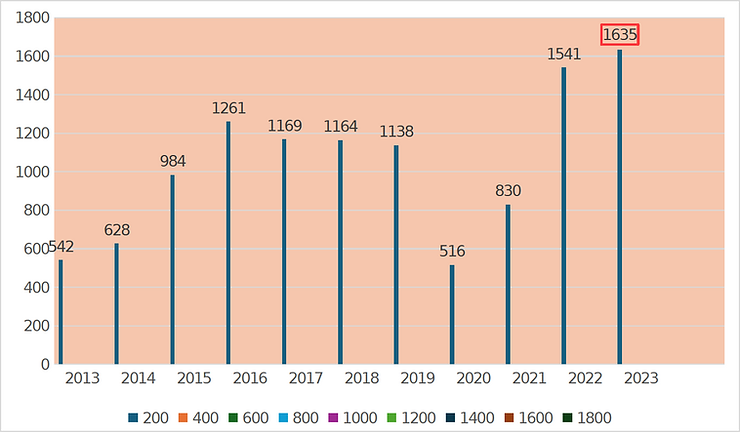
LIVING DONOR KIDNEY TRANSPLANT

DECEASED DONOR LIVER TRANSPLANT
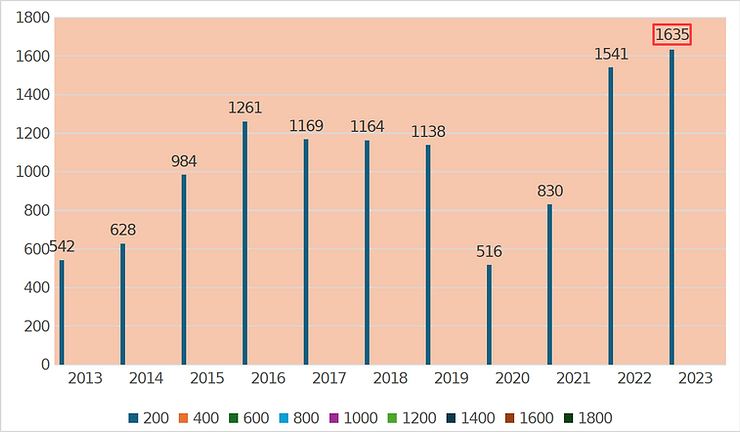
LIVING DONOR LIVER TRANSPLANT
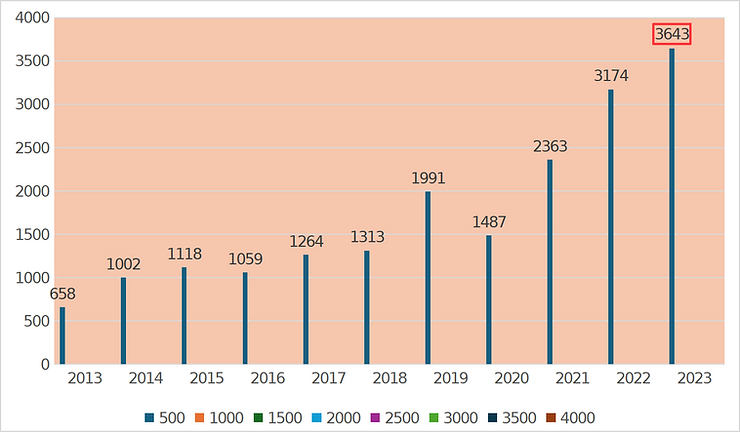
LIVING DONOR KIDNEY TRANSPLANT

DECEASED DONOR KIDNEY TRANSPLANT

HEART TRANSPLANT

LUNG TRANSPLANT
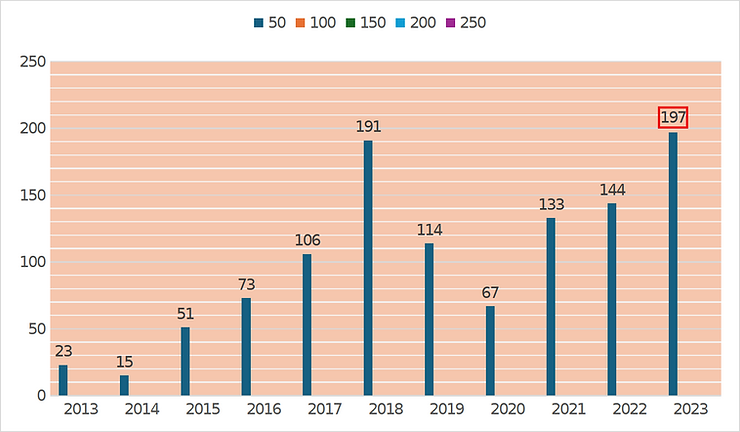
PANCREAS TRANSPLANT
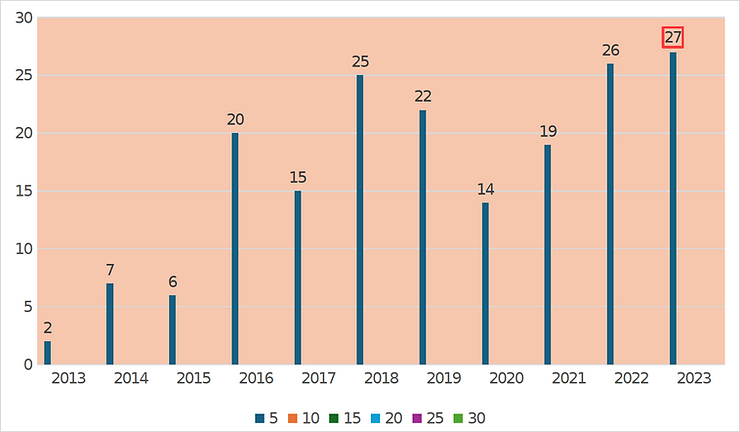
SMALL BOWEL
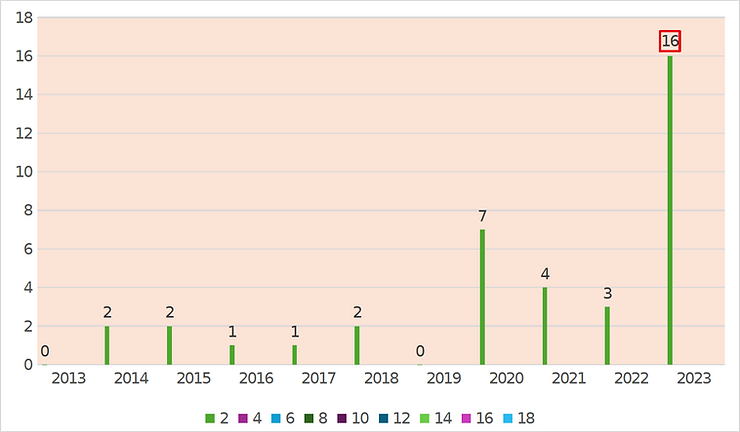
According to data, the number of kidney transplants in 2023 stood at 13,426 while liver transplant was at 4,491, Heart transplants at 221, Lung transplants at 197, Pancreas transplant at 27 and Small Bowel transplants at 16.
TOP 5 STATE: Number of deceased Organ Donors 2023
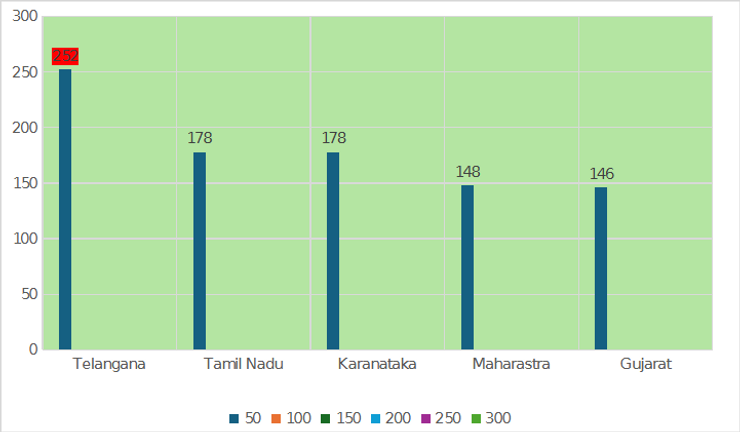
Telangana accounted for the highest number of deceased donors in the year at 252, fallowed by both Tamil Nadu and Karnataka at 178, Maharashtra at 148, Gujarat at 146.
TOP 5 State: Number of deceased Donors Transplant 2023
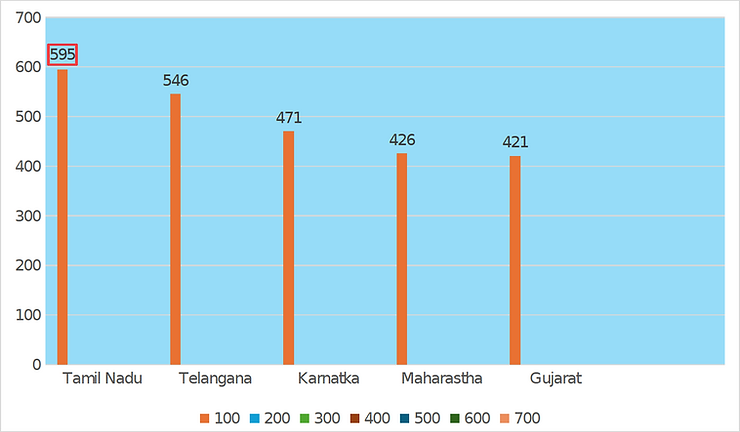
- Tamil Nadu topped the deceased donor at (595) followed by Telangana (546), Karnataka (471), Maharashtra (426) and Gujarat (421) in 2023.
Top 5 state: Number of living donor transplant 2023
| State | Number of Donors (living) |
| Delhi NCR | 4,275 |
| Tamil Nadu | 1,833 |
| Maharashtra | 1,493 |
| Kerala | 1,376 |
| West Bengal | 1,021 |
- Tamil Nadu wins best State award for organ and tissue transplantation.
- Delhi -NCR has the greatest number of living- donor transplant at 4,275 fallowed by Tamil Nadu (1,833), Maharashtra (1493), Kerala (1,376) and West Bengal (1,021).
Challenges in India
1. Low Deceased Donor Rate:
- Less than 1 PMP, compared to 52.6 PMP in Spain.
- Cultural and religious beliefs hinder deceased donations.
2. Lack of Awareness and Misconceptions:
- Myths and misinformation about organ donation.
- Limited public education and awareness campaigns.
3. Legal and Ethical Barriers:
- Complex consent processes and legal hurdles.
- Fear of organ trafficking and unethical practices.
4. Infrastructure and Resource Limitations:
Inadequate healthcare infrastructure for organ retrieval and transplantation.
Lack of trained professionals and specialized transplant centers.
Global Efforts to Improve Organ Transplantation
International Initiatives
- WHO Global Observatory on Donation & Transplantation: Promotes ethical organ donation practices.
- Euro transplant & UNOS (U.S.): Coordinate organ sharing across countries and states.
- Organ Matching & AI Technology: Artificial intelligence helps match donors and recipients faster.
Technological Innovations in Transplantation in India
- Paired Kidney Donation: Enables incompatible donor-recipient pairs to exchange kidneys, increasing transplant opportunities.
- 3D Bioprinting: Research on printed organs like kidneys and hearts to reduce donor dependency.
- Blockchain Technology: Enhances transparency and security in organ matching and allocation.
- Xenotransplantation: Exploring animal organ transplants, with research on genetically modified pig organs.
Government Initiatives and Future Directions
- Awareness Campaigns: National Organ Donation Day (November 27th) and other drives to increase public awareness.
- Ayushman Bharat PMJAY: Expanding healthcare coverage but limited support for transplants.
- State Success Stories: Tamil Nadu leads in deceased donations due to effective programs and public awareness.
- Ethical Organ Donation: Efforts to combat organ trafficking with stricter regulations and monitoring.
Conclusion: A Call to Action
Organ donation and transplantation symbolize the ultimate act of compassion and humanity. Yet, the global shortage of organs remains a critical challenge, with millions waiting in hope. India, despite its advancements, faces significant barriers that require urgent attention.
The solution lies not only in medical advancements but in societal change—overcoming myths, enhancing awareness, and fostering a culture of giving. Your decision to become an organ donor can save up to 8 lives.
As science continues to push boundaries, the power to bridge the gap between life and death lies in our hands. Let us make that choice—to give, to share, to save.
References
1.“Need For Organ Donation In India – Organ Donation Information in India | Donate Life”. www.donatelife.org.in. Retrieved 1 June 2020.
2. Ranganath, T.S. (2016). “ORGAN DONATION” (PDF). RGUHS National Journal of Public Health. 1.
3. “An opt-out model for organ donation”. Deccan Herald. 23 September 2019. Retrieved 1 June 2020.
4. Chakrabarty, Sreeparna (5 August 2013). “Hundreds die in India due to lack of organs”. DNA India. Retrieved 1 June 2020.
5. Rajkumar, Akchayaa; Shaji, Sukanya; Raju, Maria Teresa (24 November 2023). “Why are 80% of organ donors in India women? Transplant surgeons weigh in”. Archived from the original on 24 November 2023. Retrieved 25 November 2023.
6. “Govt puts in place National Organ Transplant Programme”. www.newsonair.com. Retrieved 29 April 2020.
7.David Price (2000). Legal and Ethical Aspects of Organ Transplantation. Cambridge University Press. p. 316. ISBN 978-0-521-65164-6 – via Google Books.
Budiani-Saberi, D.A.; Delmonico, F.L. (May 2008). “Organ Trafficking and Transplant Tourism: A Commentary on the Global Realities”. American Journal of Transplantation. 8 (5): 925–929. doi:10.1111/j.1600-6143.2008.02200.x. PMID 18416734.
8. Hart, K. Lentine, J. Smith, J. Miller, M. Skeans, M. Prentice, et al.
OPTN/SRTR 2019 Annual Data Report: kidney
Am. J. Transpl., 21 (2021), 10.1111/ajt.16502
View at publisher Google Scholar
A.N. Carrier, A. Verma, M. Mohiuddin, M. Pascual, Y.D. Muller, A. Longchamp, et al.
Xenotransplantation: a New Era Frontiers Immunology [Internet], 13 (13) (2022), Article 900594
Available fromhttps://pubmed.ncbi.nlm.nih.gov/35757701/ Scopus Google.



